The extracellular matrix integrates mitochondrial homeostasis
- PMID: 38942015
- PMCID: PMC12352124
- DOI: 10.1016/j.cell.2024.05.057
The extracellular matrix integrates mitochondrial homeostasis
Abstract
Cellular homeostasis is intricately influenced by stimuli from the microenvironment, including signaling molecules, metabolites, and pathogens. Functioning as a signaling hub within the cell, mitochondria integrate information from various intracellular compartments to regulate cellular signaling and metabolism. Multiple studies have shown that mitochondria may respond to various extracellular signaling events. However, it is less clear how changes in the extracellular matrix (ECM) can impact mitochondrial homeostasis to regulate animal physiology. We find that ECM remodeling alters mitochondrial homeostasis in an evolutionarily conserved manner. Mechanistically, ECM remodeling triggers a TGF-β response to induce mitochondrial fission and the unfolded protein response of the mitochondria (UPRMT). At the organismal level, ECM remodeling promotes defense of animals against pathogens through enhanced mitochondrial stress responses. We postulate that this ECM-mitochondria crosstalk represents an ancient immune pathway, which detects infection- or mechanical-stress-induced ECM damage, thereby initiating adaptive mitochondria-based immune and metabolic responses.
Keywords: TGF-β; TMEM2; extracellular matrix; hyaluronan; immunity; mitochondria.
Copyright © 2024 Elsevier Inc. All rights reserved.
Conflict of interest statement
Declaration of interests The authors declare no competing interests.
Figures
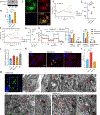
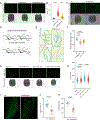
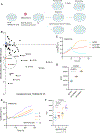
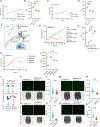

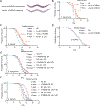
References
MeSH terms
Substances
Grants and funding
LinkOut - more resources
Full Text Sources

